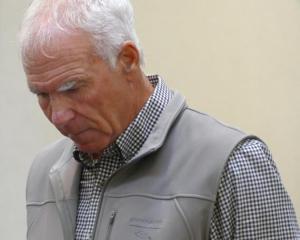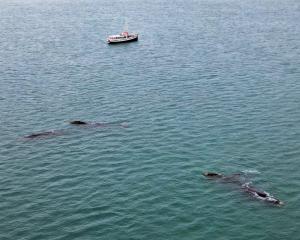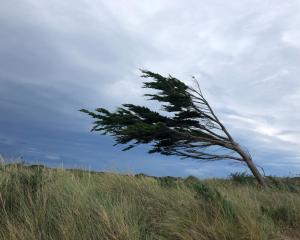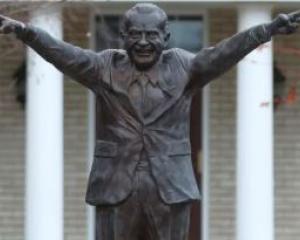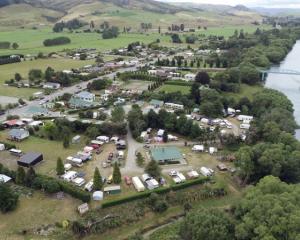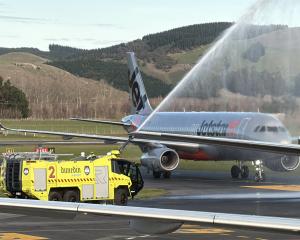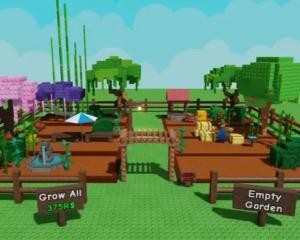
The LeoLabs Kiwi Space Radar — an international space tracking facility in Naseby — tracks space debris as small as 2cm.
On Monday, the radar detected debris after Russia test fired a space missile weapon into its own satellite.
The weapons test was labelled ‘‘reckless and irresponsible’’ by US Secretary of State Antony Blinken and generated an orbital debris field which endangered the International Space Station (ISS).
The seven-member ISS crew took shelter in docked spaceship capsules for two hours after the test as a precaution, allowing for a quick getaway if necessary, Nasa said.
US officials said the event created an ongoing hazard ‘‘for years to come’’.
Experts said testing weapons that shatter satellites in orbit posed a hazard by creating clouds of fragments that can collide with other objects, setting off a chain reaction of projectiles through Earth’s orbit.
The Kiwi Space radar was the first in the LeoLabs radar network to detect the debris.
LeoLabs New Zealand director Tom Hooper said the organisation’s radar network specialised in identifying debris and objects in low earth orbit, and straight after the Russian experiment they detected new debris and started tracking it.
‘‘What is significant is ... the radar in Naseby was the first part of the network to find the debris,’’ he said.
The risk of new debris was that as it traveled it could come into the path of existing satellites and the ISS, he said.
‘‘The Kiwi Space Radar operates continuously ... tracking existing debris, but in events like this it will be noticing when there’s new debris and start tracking it.’’
The LeoLabs network’s mission in low earth orbit was for transparency and to make sure people took responsibility for the debris they created, Mr Hooper said.
‘‘It’s really providing air traffic control services for lower Earth.’’
- by Shannon Thomson

